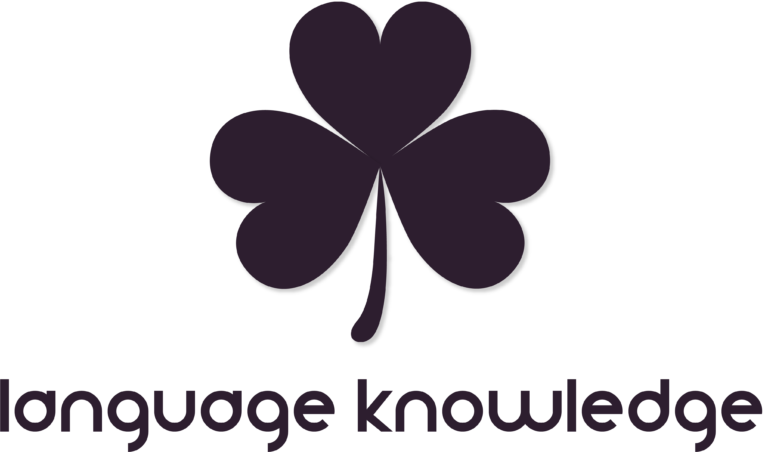Written by: Editor | Updated on: June 1, 2020 | Published on: July 6, 2017
Past Progressive
Tense
Language Knowledge / English / Grammar / Past Progressive Tense
Anzeige
Past Progressive Tense: Usage
As a result, the “past progressive” is used to describe an action of the past. In any case, this action was at a specific point in time or was between two points in time (period) of the past.
? Past Progressive formation
Regular:
was / were + Infinitive + “-ing“
Just like the “present progressive”, the “past progressive” is formed with the help of a “to be” form and a verb + “-ing”. However, you do not need the am, is or are, as “to be” forms, but was or were. You should also note that you are keeping the word order (subject, predicate, object).
was / were + not + Infinitive + “-ing“
Also, the negation is not really difficult, as the formation of a “normal” sentence. That means you just have to put a “not” behind the “to be” form (was/were).
Irregular:
Basically there is no irregularity, except that you must always watch what you write, since there are two different forms of “to be”. “was” and “were”.
Anzeige
‼️ What is to be observed in the progressive form of the simple past tense!
Irregular verbs “was” or “were”?
Besides the normal irregular verbs, there is also the special case of “to be”. In this case, there are two forms, one being “was” and the other “were”. In fact, this is very easy to distinguish, since “was” is used in the singular, except for “you” and “were” in the plural. In addition, “were” is still used in the singular in “you”.
Spelling rules to “-ing” formation:
Particularly, making verbs with ing at the end is very simple. However, there are few points to consider:
1. For verbs ending in “-e”:
The “-e” goes away:
- give becomes giving
2. Verbs ending in “-er”, “-ur”, “-ir”:
The final consonant is doubled:
- occurs to occurring
3. Monosyllabic verbs ending on a stressed consonant:
As with the second rule, the last consonant is doubled here:
- get becomes getting
- swim becomes swimming
- fit becomes fitting
4. Verbs ending in “-ie”:
For this purpose, the “-ie” is replaced by a “-y” in the formation:
- lie becomes lying
Don’t get it twisted:
Although “was not” or “were not”, are synonymous with “wasn’t” or “weren’t”.
Anzeige
2️⃣ Past progressive tense examples
Normal sentence in the past progressive tense
I was learning.
A negative sentence in the past progressive tense
I was not learning. / I wasn’t learning.
A question sentence in the past progressive tense
Was I learning?
? Signalwords
As with most other progressive times, unfortunately, there are no direct signal words. However, each sentence needs a time specification.
You read: Past Progressive Tense | Past Progressive Tense












